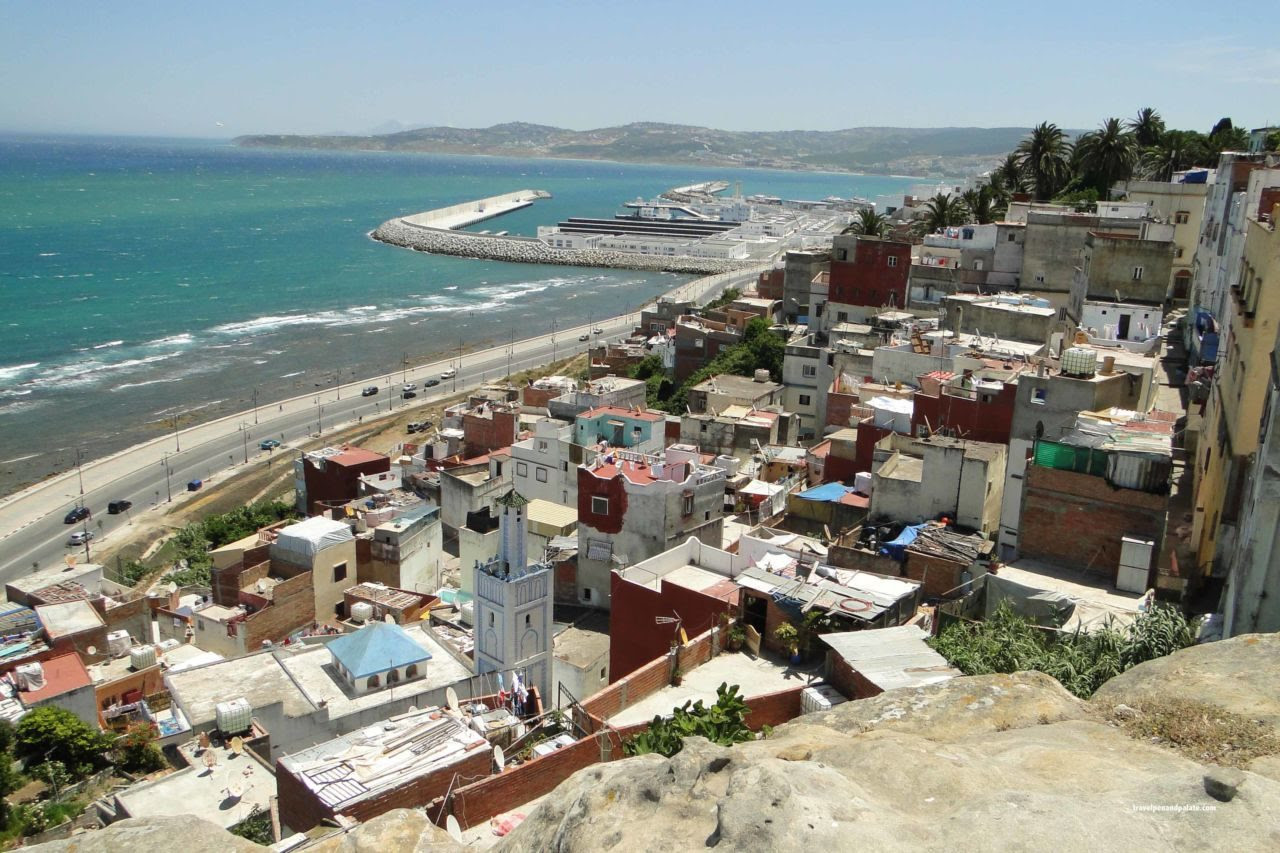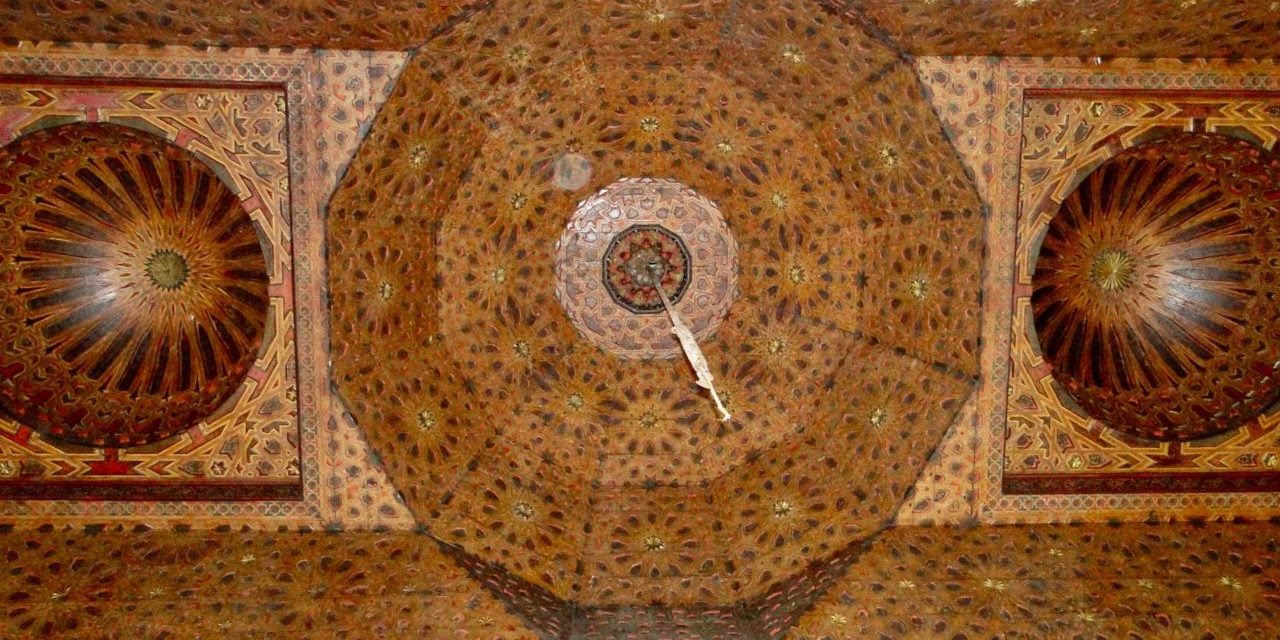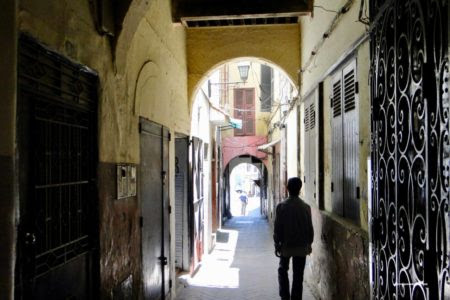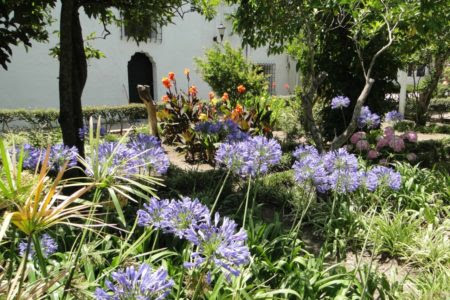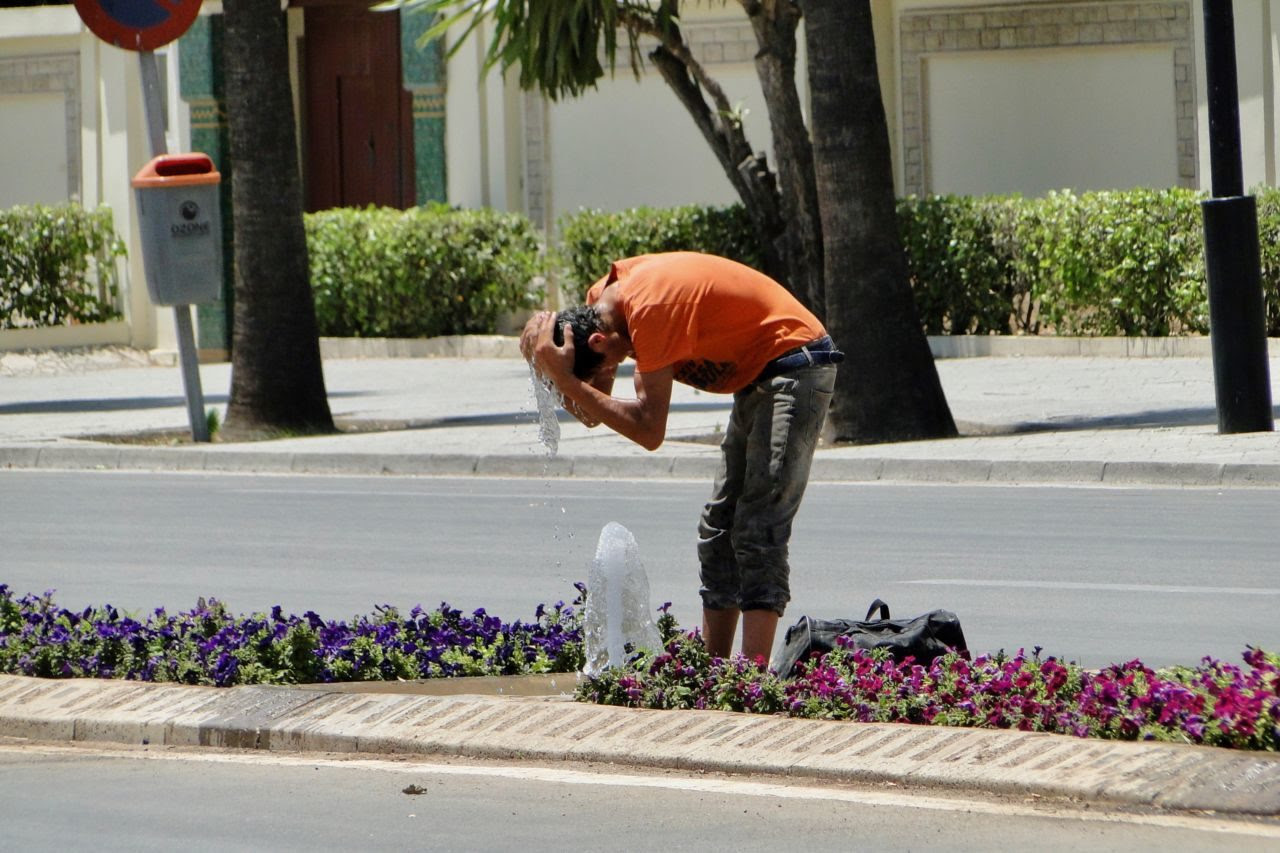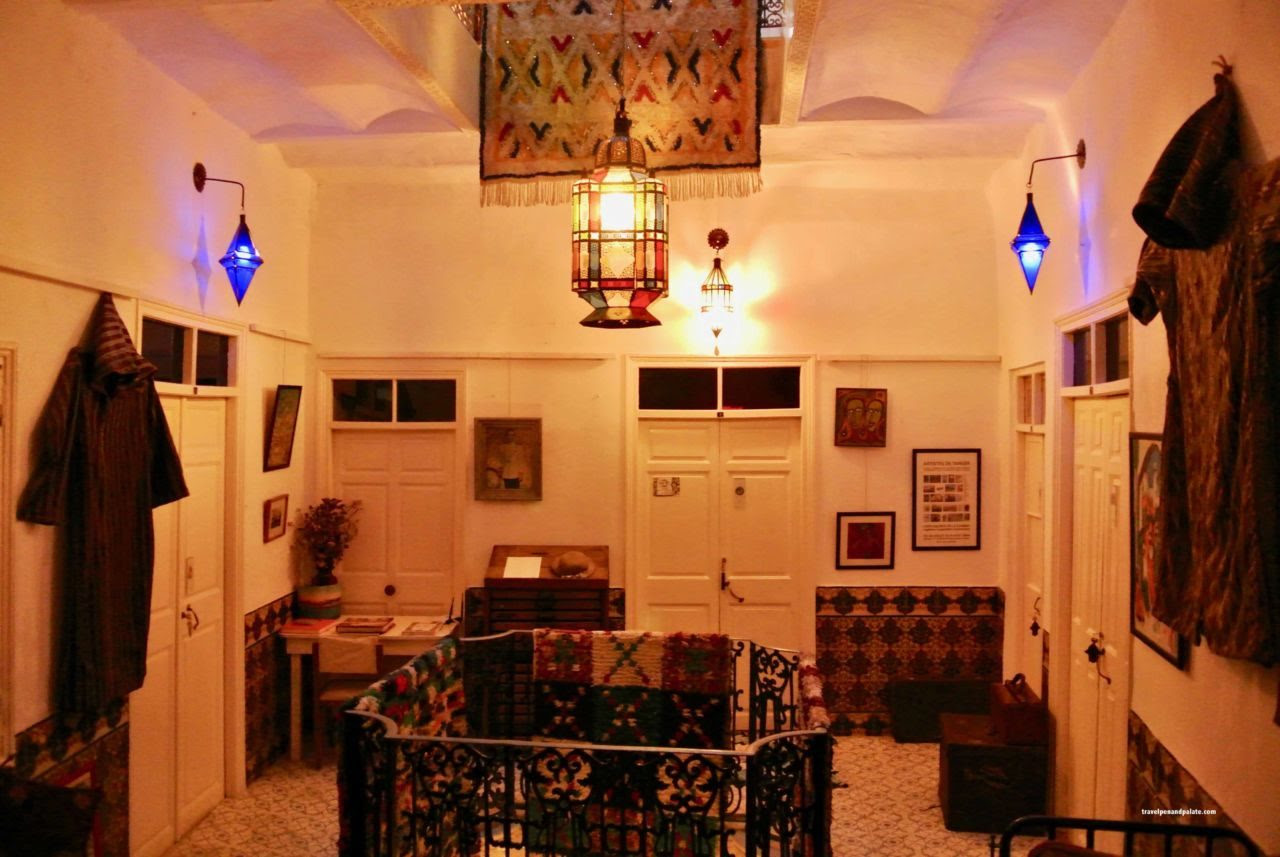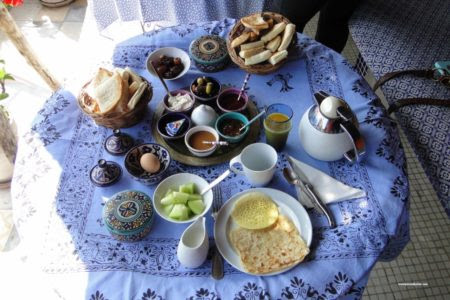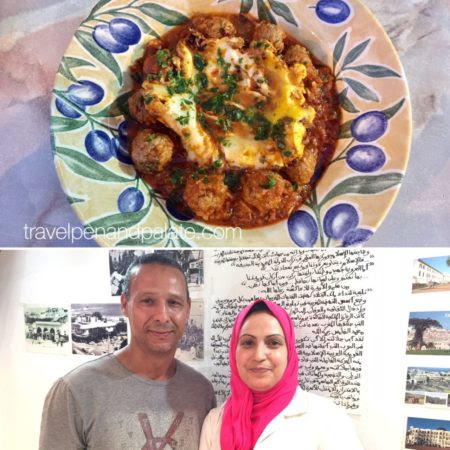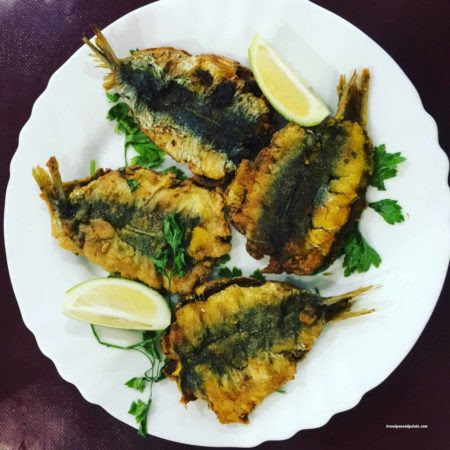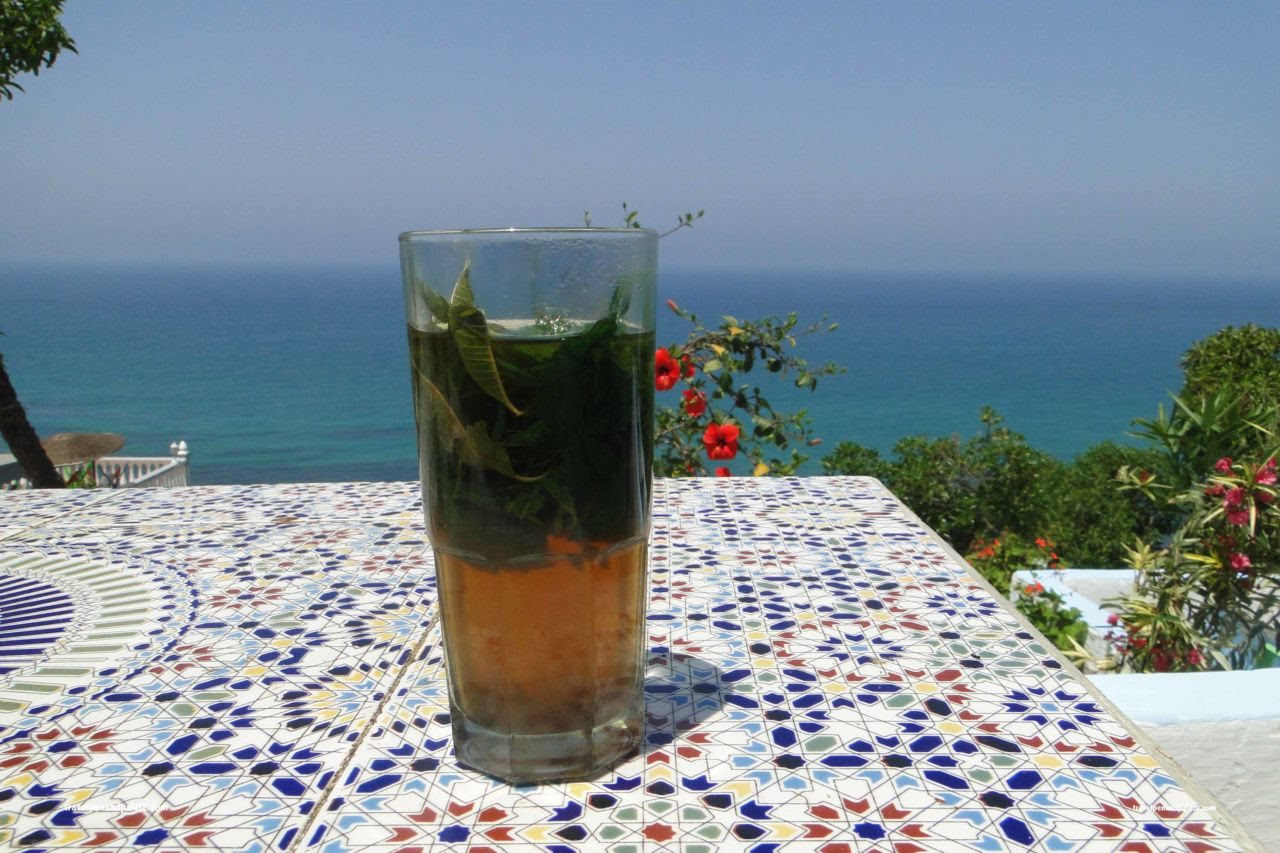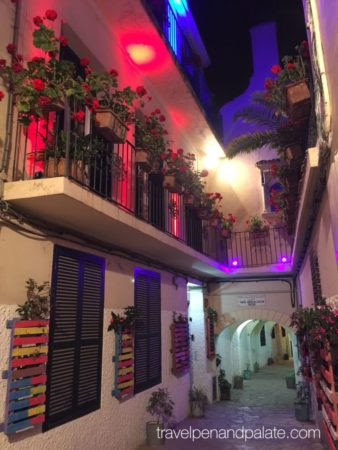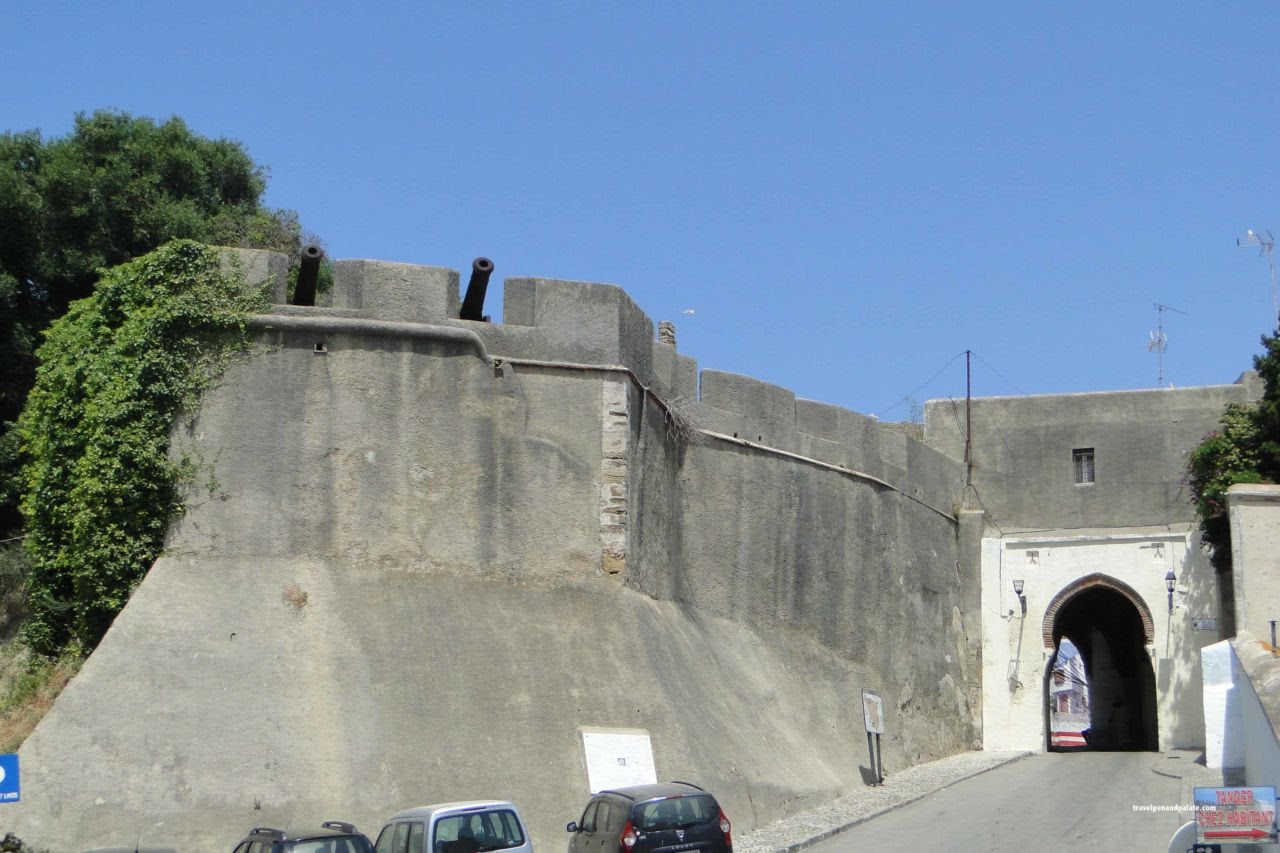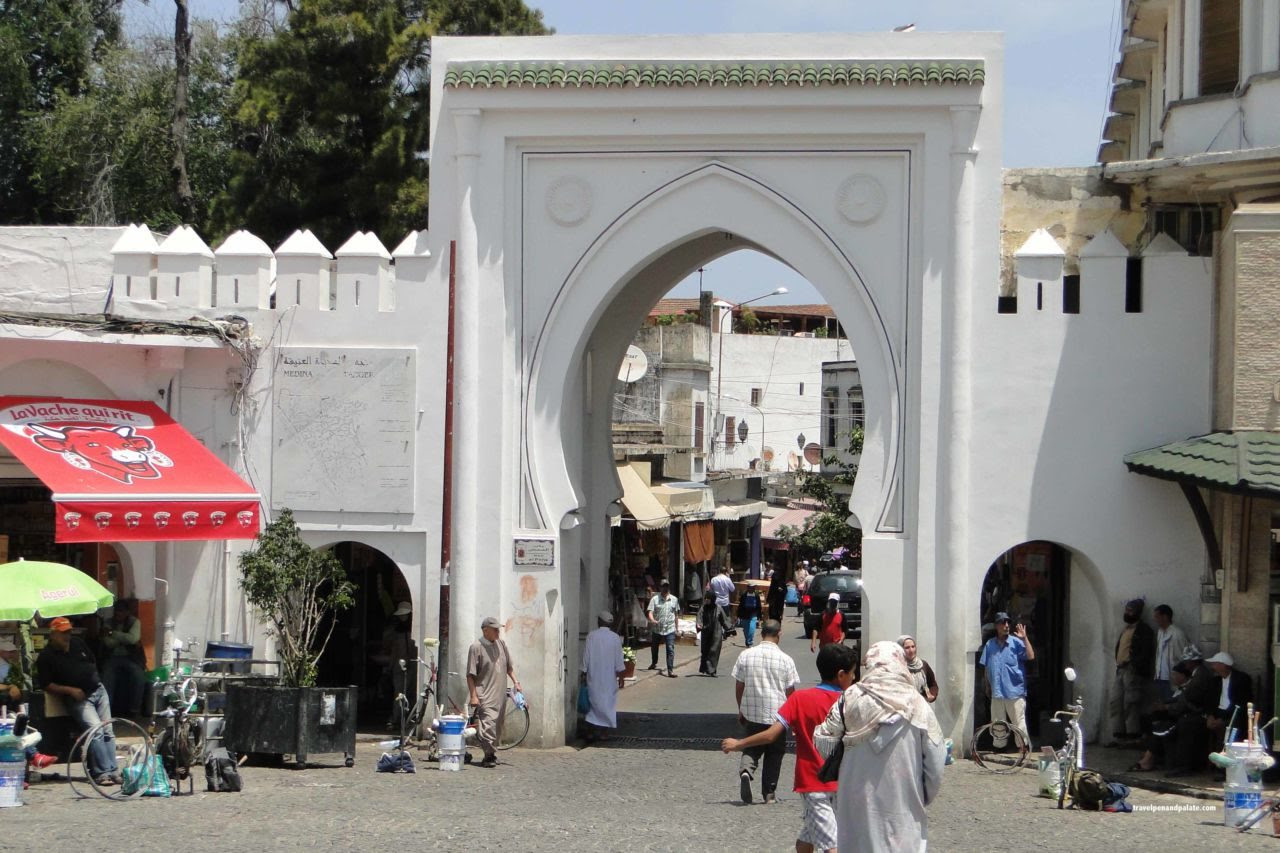Hellinic News
Welcome to Morocco: Tangier from the Kasbah looking down on the Medina & the new port facilities.
“Welcome to Morocco,” was the greeting not just from the front desk reception at hotels but from shopkeepers, people on the street, vendors in the Medina and waiters at cafes. Expressed with broad smiles it seemed to this first time visitor to the ancient Kingdom of Morocco to be genuine.
Passersby greeted each other and this foreign writer with “good day” in Arabic, French or Spanish, depending on location.
Simple statements, yet time taken out of their day to make one feel less of an outsider had a major impact. It made one think why these ordinary gestures were important. Hospitality was not learned in university courses; it was embedded into a nomadic culture in a land of rugged beauty that preceded the Prophet Mohamed’s reinforcement of the concept:
The Messenger of Allah, peace and blessings be upon him, said, “Whoever believes in Allah and the Last Day, let him honor his guest and recompense him.” They said, “O Messenger of Allah, what is his recompense?” The Prophet said, “It is for a day and a night, as good hospitality is for three days and after that it is charity.” And the Prophet said, “Whoever believes in Allah and the Last Day, let him speak goodness or remain silent.” (Prophet Mohamed on hospitality) 1
Does that mean Morocco is a haven of smiling calm? Hardly. Crossing a street provides challenges, as anyone who’s traveled to Southeast Asia can attest – one goes with the flow of traffic and calculates timing. Turning down another request for a tour guide was repetitive.
A firm but friendly “no thank you” may have to be repeated dozens of times as shopkeepers in the Medina and waiters in front of cafes entice visitors to enter. Sometimes simply turning in the opposite direction worked well after persistent entreaties. What never worked was a display of frustration. The response to that was being offered another glass of mint tea – the hook to make the sale.
One article cannot be a guide to an entire country. Tangier is frequently a visitor’s initial stop owing to its close proximity to southern Spain and was this travel journalist’s introduction to Morocco. Five days in the city offered a glimpse of the Kingdom’s culture, ancient past and future path creating a template for explorations in the north over the following two weeks.
Looking out from on top of the walls of the Kasbah (fortified city) onto the harbor and the Strait of Gibraltar with the Medina below it’s obvious why Tangier has occupied a prized location for nearly 7,000 years. To the original Berbers, Phoenicians and Romans it was an essential Mediterranean trading port with access to the Atlantic Ocean, Ireland and the British Isles beyond. A mere nine miles to the Iberian Peninsula it launched the Moorish conquest forever shaping the culture of what would eventually become Spain.
Whoever held Tangier controlled the front gate to the Mediterranean world, which is why during the rise of European empires in the 18th century it was hotly contested with France ultimately emerging as the dominant power spreading its influence and language throughout most of present day Morocco. Despite the end of the Protectorate in the 1950s, French remains the dominant second language of the Kingdom and a part of Moroccan culinary legacy.
Since this visit coincided with the holy month of Ramadan, Tangier epitomized the dichotomy of the Kingdom. Devout Muslims fast for 15 hours each day for 30 to 31 days – approximately 4:30 a.m. to 7:30 p.m. Fasting means ingesting nothing by mouth, not even water.
Keeping cool during Ramadan
Ramadan is the 9th month of the Islamic calendar, which is based on the lunar cycle so the exact dates shift each year. In 2017 it straddled the end of May through the third week of June. Tangier, Rabat, Casablanca and other coastal cities averaged in the humid 80s (F) in June. Inland – Fes, Meknes, Marrakesh – temperatures soared into the low 100s (F).
Standing on that fortified wall of the Kasbah gave a birds eye view of the soon to be completed construction of Tangier’s new cruise ship terminal and fishing fleet port (commercial fishing remains a major industry in the waters of the Strait of Gibraltar). Construction cranes dotted the modernizing city while just a few feet away stonemasons worked in the sweltering heat on major historic restoration projects – all without so much as a drop of water allowed.
This was not a sponsored trip for this travel journalist; it was a personal exploration. Accommodations and restaurants were not chosen with the expectation that they would appeal to all tourists although most of them should and they certainly shed light on today’s Morocco.
Bayt Alice interior
Bayt Alice is an art filled two hundred year old mansion in the ancient medina of Tangier masquerading as a budget hostel. Restored and operated by a retired French architect, Bayt Alice immerses its guest in the heart of ancient Tangier and attracts an international mix of travelers, many young. Yet good hospitality is infectious.
The roof top garden terrace was both the lounge and breakfast room where talks of adventures were exchanged and a sumptuous traditional Moroccan breakfast could be reserved at minimal cost. The rooms were not air-conditioned but the traditional design of the house allowed for adequate airflow and this journalist was provided with a fan on request.
Just outside the door were the twisting streets of the ancient Medina of Tangier – traditional shopping malls for this area of the globe. It was such a narrow maze of streets they would, and did, hinder invaders! Be prepared to get lost, although a properly equipped smart phone with a map app will be beneficial.
This chef journalist ate in small neighborhood cafes, often with much younger guests of Bayt Alice. Since this was Ramadan, many larger restaurants, with the exception of those specializing in the tourist trade, were closed, but street vendors and bakeries did a thriving business as locals bought food to break the fast after sundown.
From 7:30 p.m. any number of small cafes opened selling traditional tagines and couscous dishes along with salads and the copious varieties of pastries and sweets beloved by Moroccans.
Ask directions for Ch’Hiwat L’Couple a superb small neighborhood restaurant owned & run by Youssef & his wife Chef Hanane.
Sardines a la Chermoula at Rashid’s
Likewise seek out Rashid’s, a local hangout just around the corner from Bayt Alice, and savor such dishes as Sardines a la Chermoula -– each piece a sandwich of two fresh sardine fillets with cilantro, parsley, spices, lightly battered and pan fried.
In the evening take a taxi to Cafe Hafa, an institution without change since 1921 that attracted the great literary and political minds of the lost generation. Enjoy mint tea, the national drink, and the cooling breeze off the Strait of Gibraltar on its cliff side location above even the Kasbah. To drink something stronger one needs to visit bars in the larger hotels outside the Medina.
If shopping provides travel entertainment than Morocco’s Medinas will enthrall. If haggling thrills, the Medinas are akin to Las Vegas to attain that high. If on the other hand more peaceful activities are the agenda, Tangier provides.
The American Legation is the first and oldest American owned foreign property and the only one that’s a United States National Monument on the National Register of Historic Places. The Kingdom of Morocco was one of the very first to recognize American independence in 1777 and in 1821 the legation was established in the Medina of Tangier where it served as the embassy for 135 years. Still United States property it’s a beautiful building, a Moroccan cultural center and has an impressive art collection.
Dar-el-Makhzen was the 17th century Tangier palace of the Kings of Morocco prior to the French Protectorate (1912 – 1956). It remained a royal residence until the late 1930s. The beautiful palace now houses two museums, the Museum of Moroccan Arts and the archaeological Museum of Antiquities. Located at the highest point in the Kasbah, its gardens capture any breeze wafting though the city on a sultry afternoon.
There are popular excursions outside Tangier and should be arranged through licensed companies. Wide sand beaches abound and from both the Medina and newer downtown it’s an easy walk or taxi ride to the city beach. Nearly completed is the wide serpentine Beach Promenade well lit at night – all part of the vision of progressive King Mohamed VI to modernize both Tangier and the Kingdom.
American Legation, Tangier
It almost seems as if every Moroccan male over a certain age is a tour guide. They’re not. Taking a tour of any city in the Kingdom is well worth the modest expense if certified guides conduct it. Do ask your accommodations to help you arrange for an official guide and politely decline everyone else – certified guides don’t solicit on the streets or in taxis.
Over the following two weeks travels to the legendary “blue city” of Chefchaeouen, the Sufi holy city of Moulay Idress, the stunning ruins of the great Berber and Roman Empire city of Volubilis, fabled Fes, the former 17th century capital of Meknes and the rapidly modernizing current capital of the Kingdom, Rabat, reinforced the first impressions Tangier imparted. Morocco is determined to become a first world North African Kingdom balancing traditional values with modern progress.
Seventeen days in the northern Rif region of a multi-millennium old North African culture hardly makes a travel journalist an expert. Yet it opened a window of wonder onto the ancient Berber Kingdom of Mauritania, the Roman Empire, the spread of Islam, the Moorish impact of seven hundred years on the Iberian peninsula and the extraordinary continuity of the current 350 year old Alaouite Dynasty. “Welcome to Morocco” remained on the lips of the people fueling this travel journalist’s desire to return.
The Kasbah, Tangier
When you go: By ferry: Tangier is easily reached within one hour by high-speed ferry from the Spanish port of Tarifa. From the Spanish port of Algeciras the ferry runs to Tangier Med some 25 miles east of the city requiring a bus or taxi to reach Tangier. (The Algeciras ferries are convenient for visiting Morocco’s other Mediterranean coast resort cities) By air: international flights from major European cities land at Ibn Battuta Airport.
Travel with Pen and Palate every month to Greece and the world in the Hellenic News of America.
Travel with Pen and Palate returns to Greece September and October 2017. Follow his new Greek series starting with the October issue of the Hellenic News of America.
Bab Fass Gate to the Medina off the Grand Socco, Tangier





